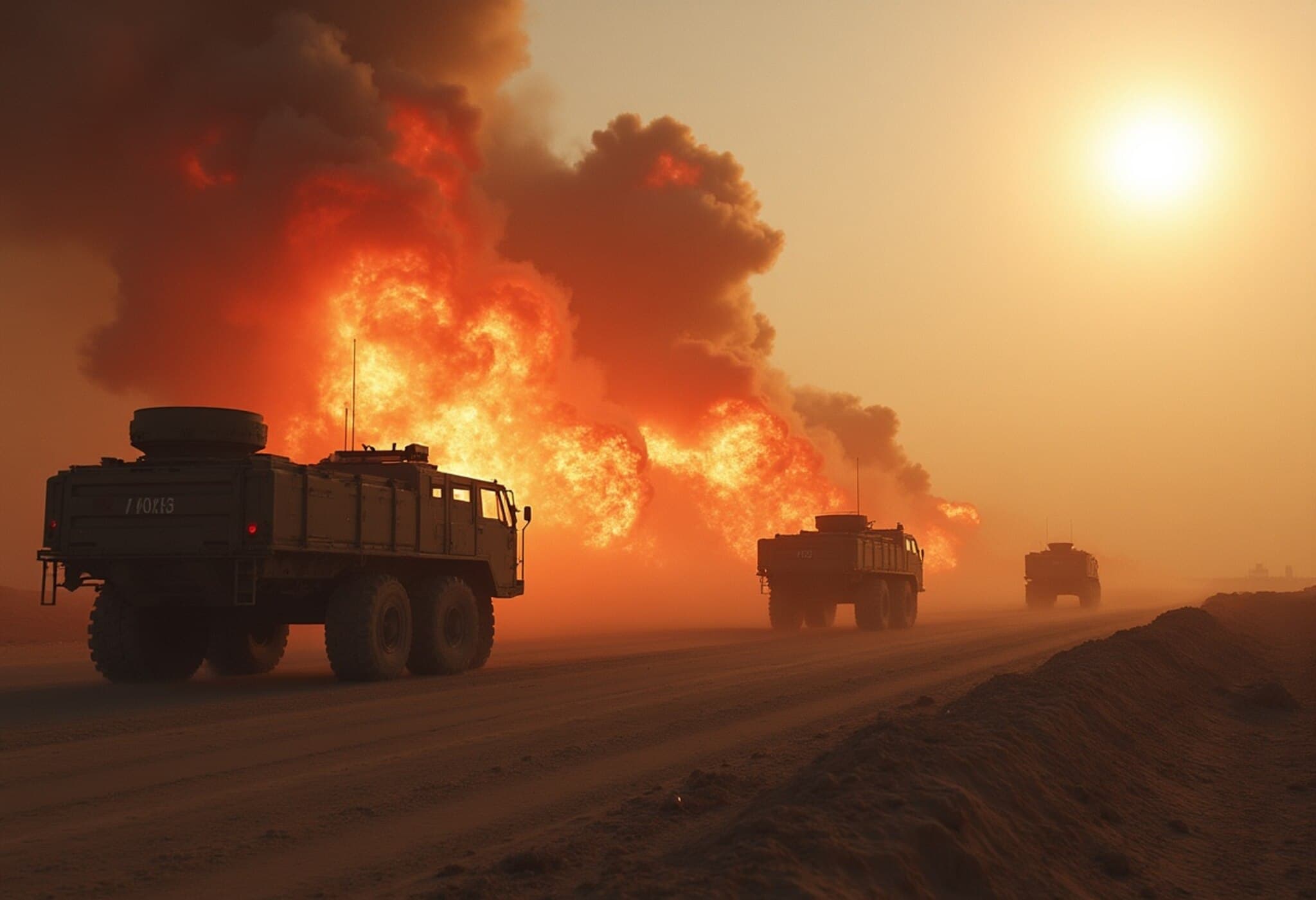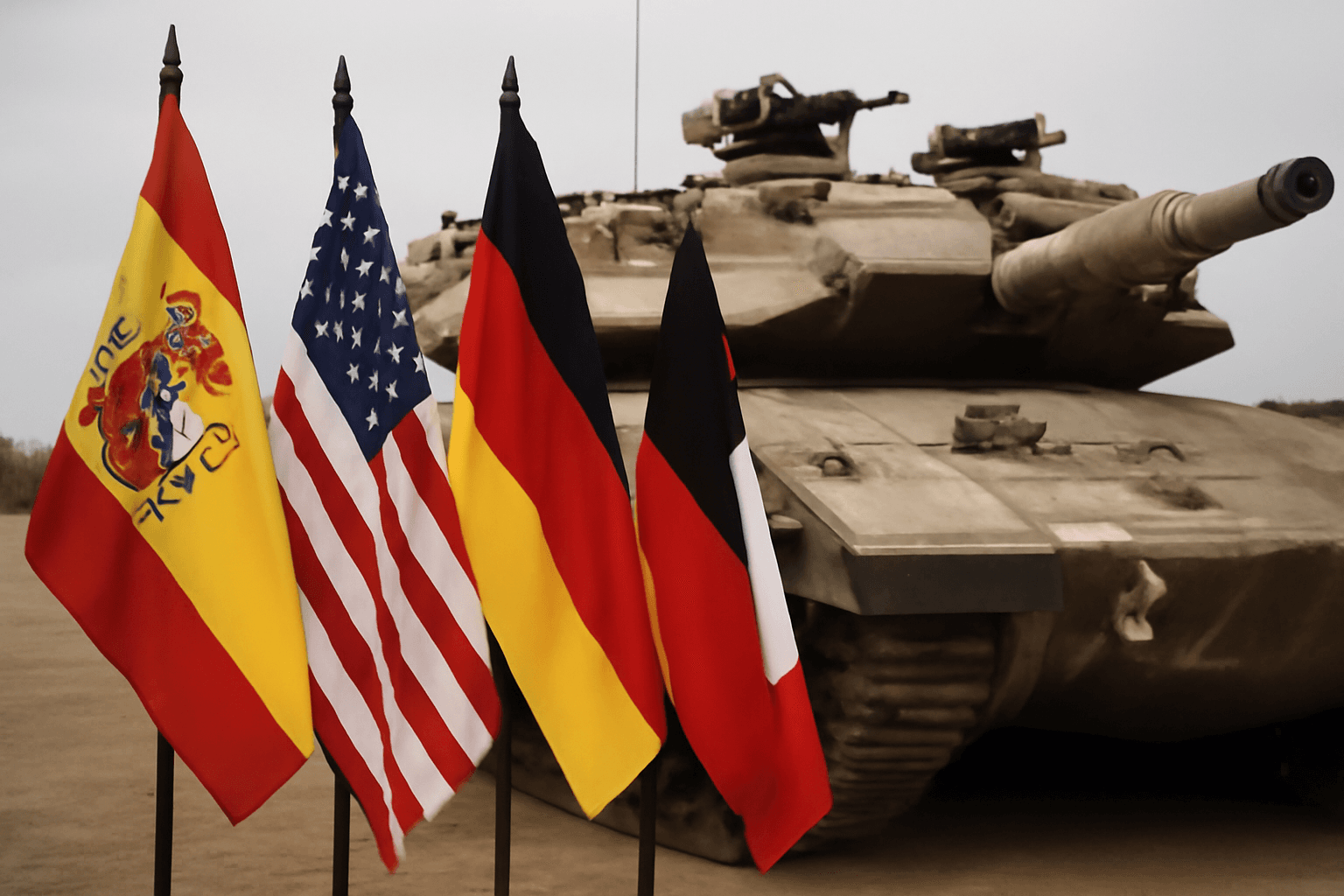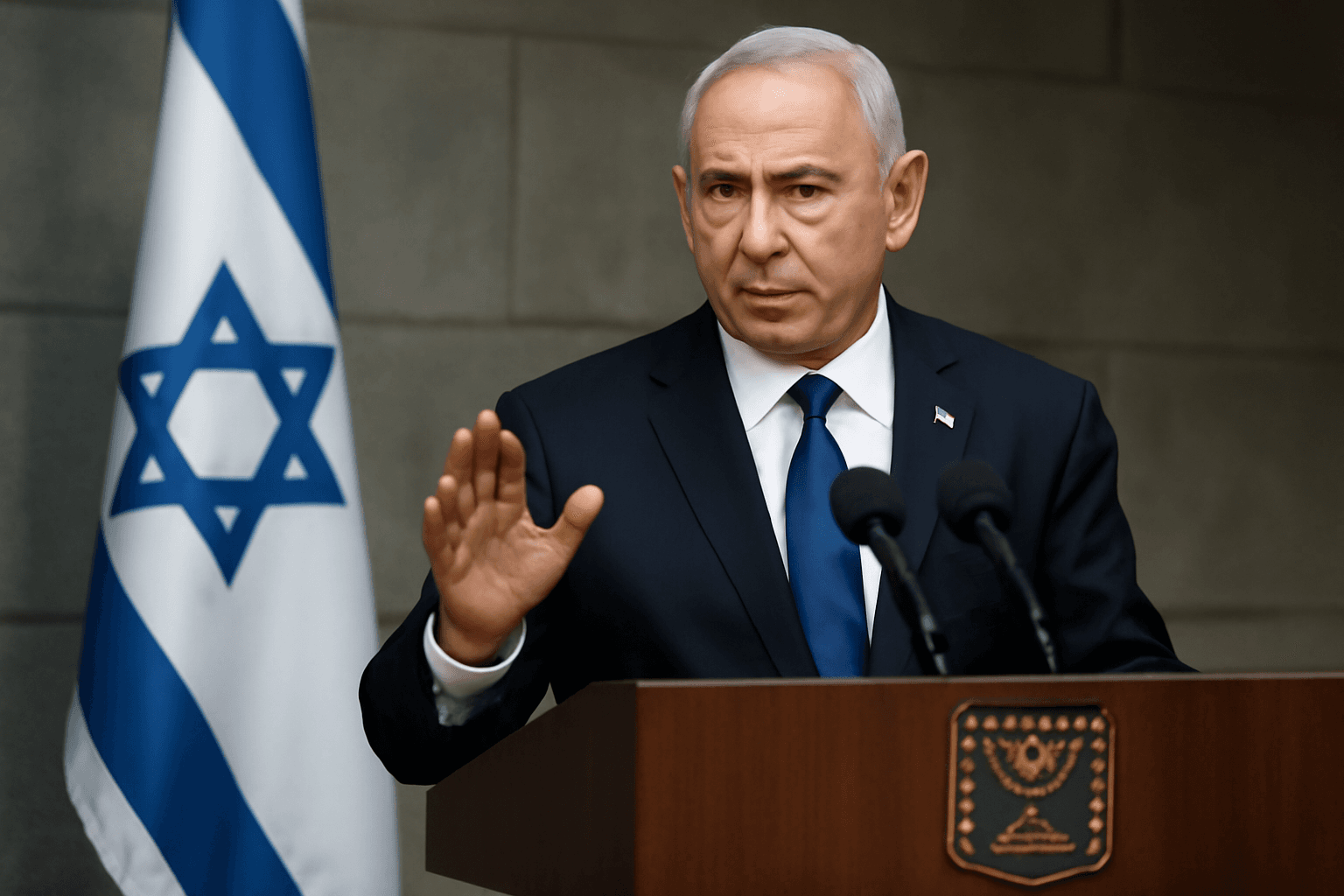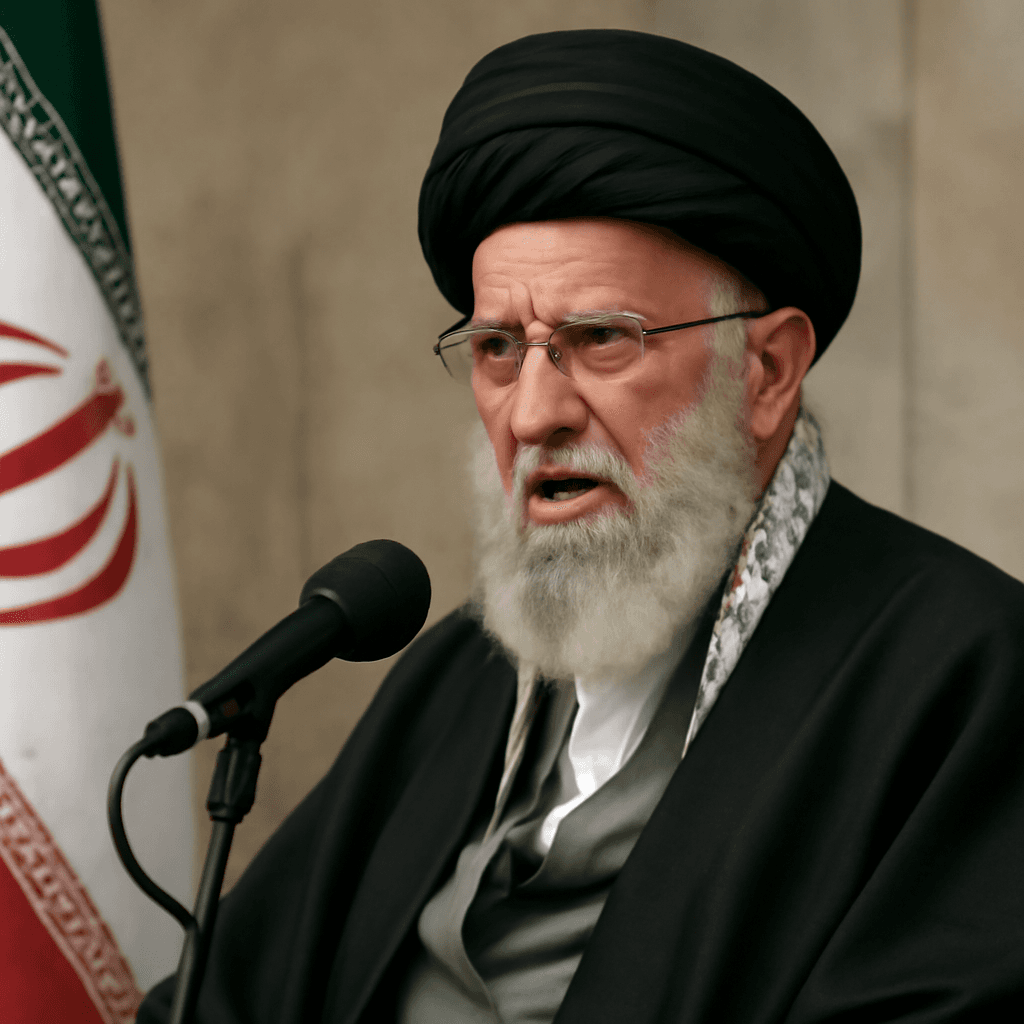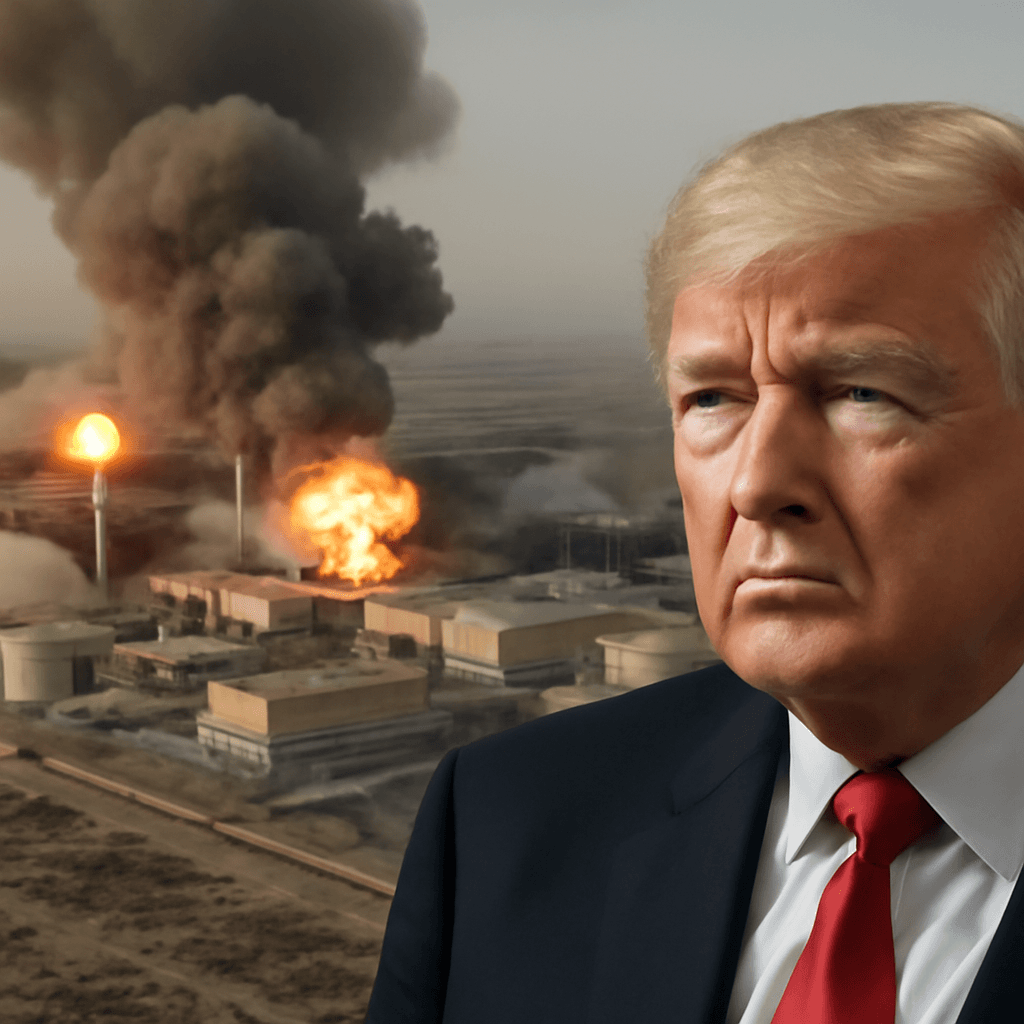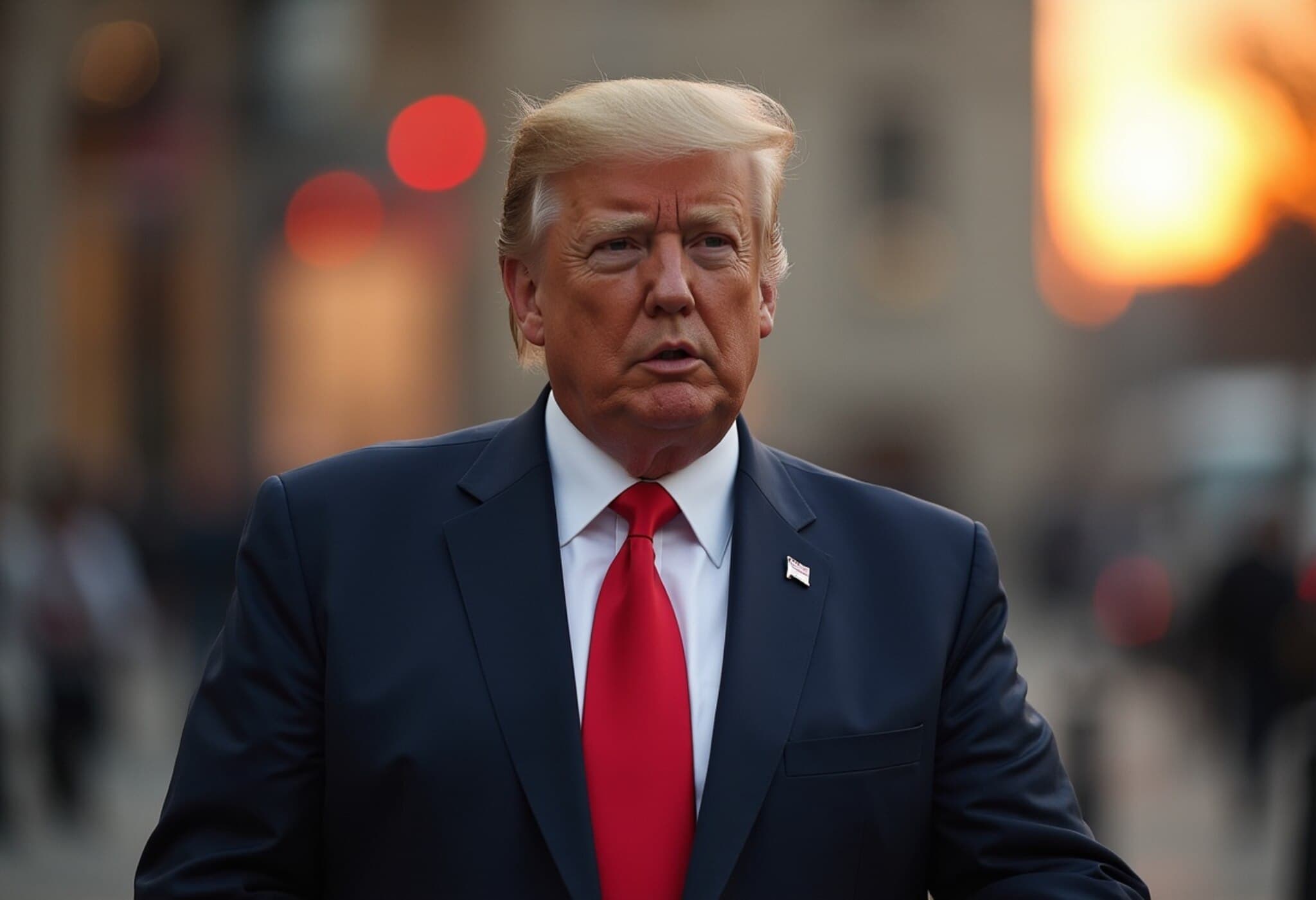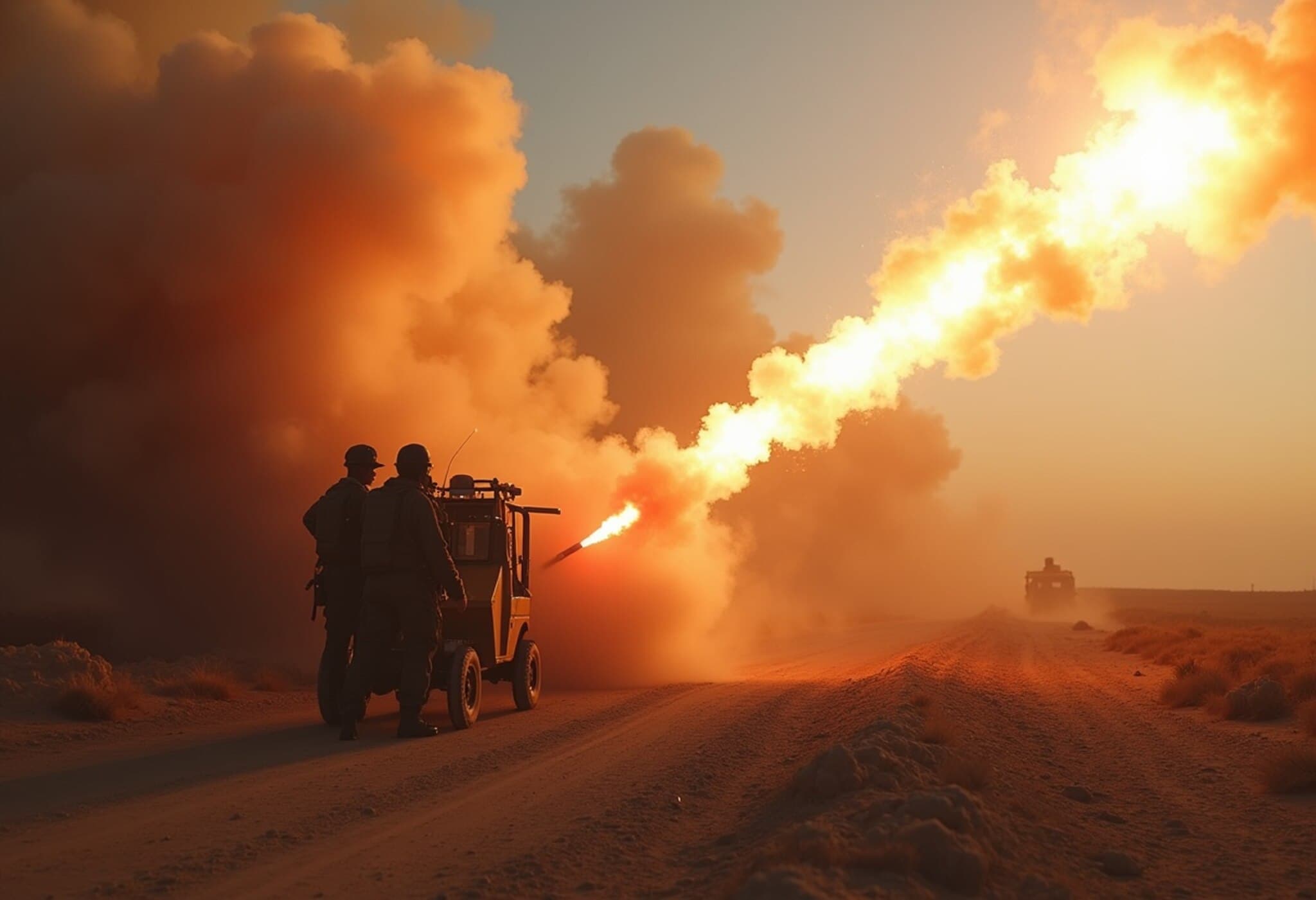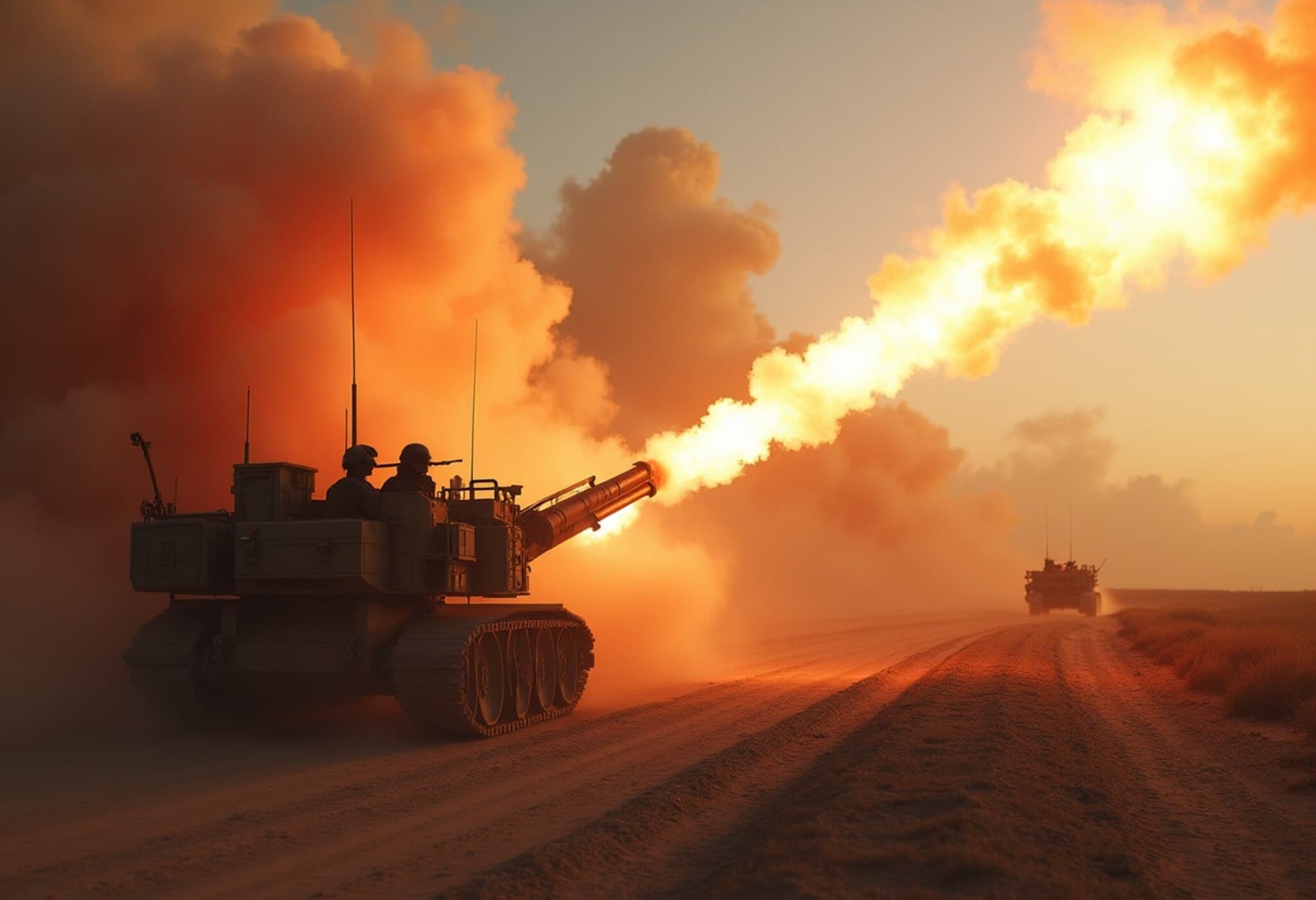Iran's Deterrence Strategy Shattered by Rapid Israeli Strikes
In June 2025, Israel executed a sweeping series of strikes targeting critical Iranian assets, including nuclear facilities, missile sites, and top military leadership such as the chief of staff and the head of the Islamic Revolutionary Guard Corps (IRGC). The swift disintegration of Iran's carefully cultivated deterrence has sparked a pressing question: why did decades of strategic buildup collapse so fast?
Over-Reliance on Proxy Networks
For years, Iran’s defense strategy revolved around leveraging proxy forces across the Middle East—Hezbollah in Lebanon, Hamas in Gaza, Houthis in Yemen, and Iraqi militias. This “horizontal” approach enabled Iran to exert influence indirectly, coupled with an ambitious missile program aimed at overwhelming adversaries with quantity.
While this web of influence allowed some buffer against direct conflict, the June 2025 events exposed its vulnerabilities. The network faltered under sustained Israeli counterattacks, revealing cracks in Tehran’s longstanding reliance on proxies.
Escalation and Backfire: The Hamas Attack and Its Fallout
The destabilizing chain reaction began with Hamas’s surprise attack on Israel on October 7, which was met with intense Israeli retaliation. Encouraged by Iran, its proxies escalated assaults on Israeli positions, hoping to stretch Israel’s defenses.
Instead, Israel methodically dismantled Hamas in Gaza and Hezbollah in Lebanon over several months. Concurrently, Assad's regime collapse in Syria further stripped Iran of strategic depth, leaving its proxy network severely weakened.
Missile Program Failures Damage Credibility
Iran’s missile capabilities, once considered a core pillar of deterrence, suffered embarrassing setbacks. In both April and October 2024, missile launches against Israel were intercepted almost entirely by advanced Israeli, U.S., and allied air defenses. These high-profile failures revealed a significant technological gap and diminished Iran’s reputation as a credible missile threat.
With its arsenal unable to penetrate sophisticated defenses, Iran’s capacity to project power and deter adversaries was sharply reduced.
Decapitation of Military Leadership
The June 2025 Israeli strikes dealt a severe blow to Iran’s military leadership. The deaths of senior commanders, including key IRGC figures, obliterated decades of experience and internal cohesion. This leadership vacuum is not easily filled and undermines strategic decision-making.
Alongside these losses, Israel destroyed vital air defense systems, missile stockpiles, and nuclear enrichment plants. Iran’s compromised airspace and impaired nuclear ambitions highlight its diminished strategic posture.
Shifting from Horizontal to Vertical Defense Approaches
Faced with these setbacks, Iran appears to be pivoting toward a more centralized “vertical” deterrence. This new approach emphasizes the development of advanced technologies—like drones, enhanced air defenses, and potentially accelerated nuclear programs.
However, this transition comes at a high cost amid stringent economic sanctions and rising domestic unrest. The regime now faces a stark dilemma: retreat and risk internal backlash, or escalate further, possibly pursuing a nuclear breakout with the risk of severe international consequences.
A Strategic Crossroads for Iran and the Region
Iran’s rapid deterrence collapse highlights the perils of over-dependence on proxies and outdated military tactics when confronted by a determined, technologically advanced enemy. With its networks in disarray, missile program compromised, and leadership shattered, Iran stands more vulnerable now than any time since the 1979 revolution.
The path Iran chooses—from compromise to escalation—will heavily influence not only its own future but also the stability of the entire Middle East.

